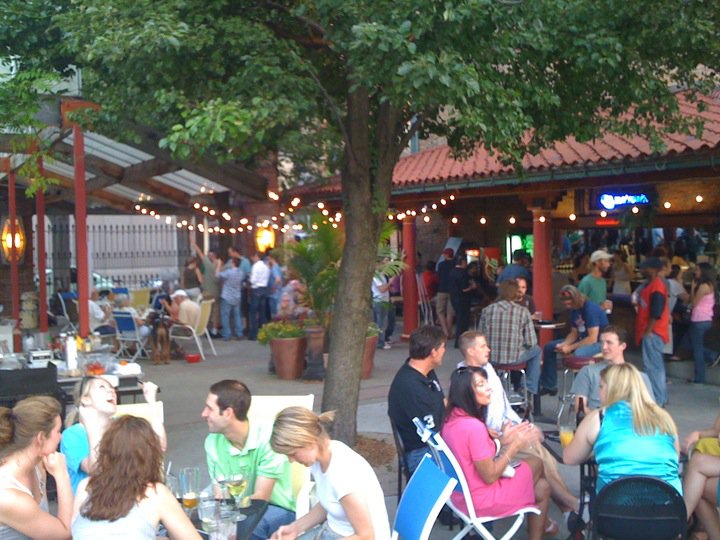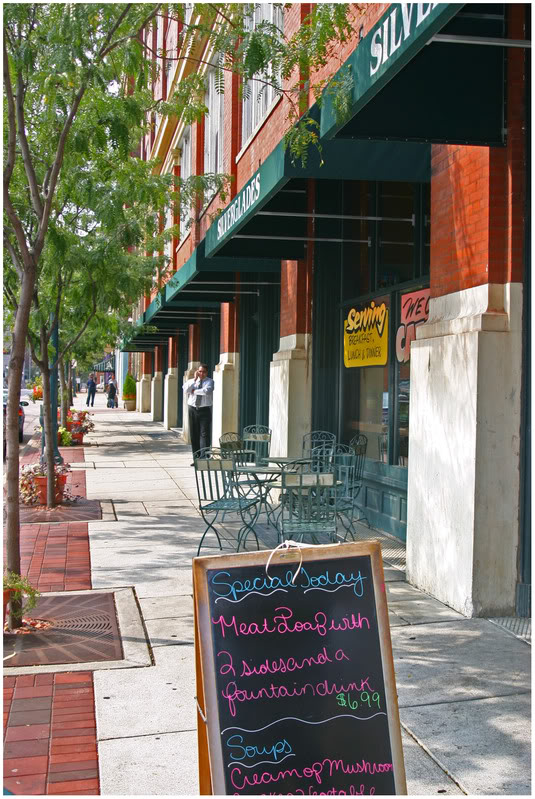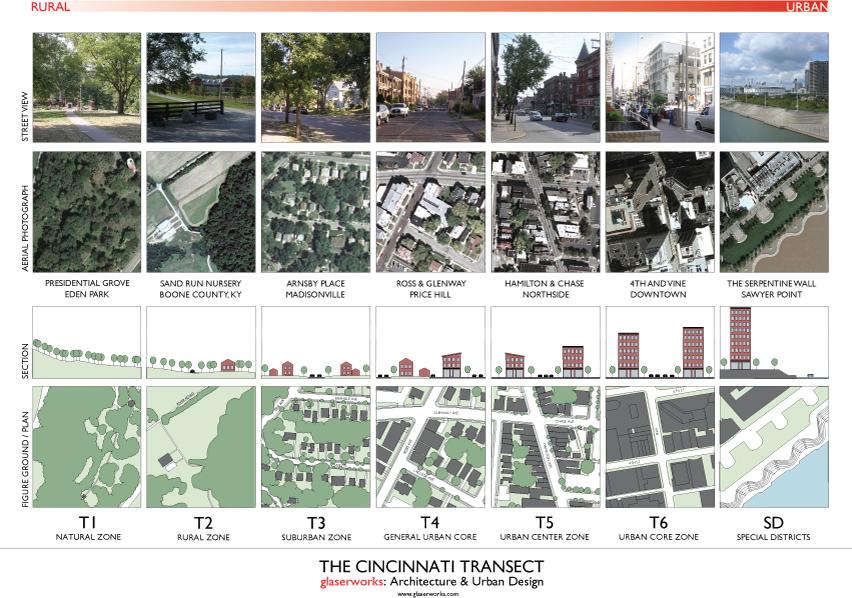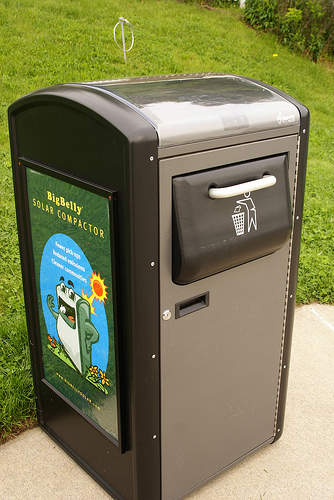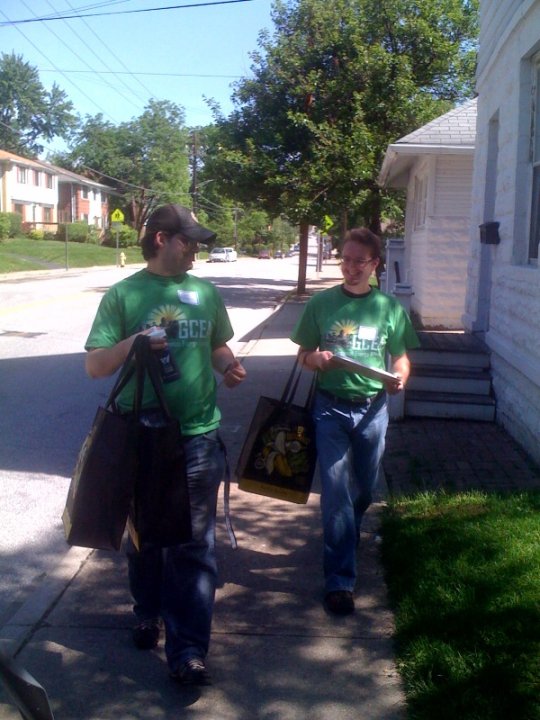 Volunteers from the Greater Cincinnati Energy Alliance (GCEA) knocked on more than 700 doors in the City of Wyoming this weekend as part of their Wyoming Energy Efficiency Blitz. On Saturday, the volunteers went door-to-door offering energy efficiency kits and speaking with homeowners about the group’s home energy audits and other efficiency measures that can help make your home more ‘green’. The energy efficiency kits included compact fluorescent light bulbs, low-flow faucet aerators, and other tools to help save money.
Volunteers from the Greater Cincinnati Energy Alliance (GCEA) knocked on more than 700 doors in the City of Wyoming this weekend as part of their Wyoming Energy Efficiency Blitz. On Saturday, the volunteers went door-to-door offering energy efficiency kits and speaking with homeowners about the group’s home energy audits and other efficiency measures that can help make your home more ‘green’. The energy efficiency kits included compact fluorescent light bulbs, low-flow faucet aerators, and other tools to help save money.
In April, GCEA received $17 million for energy efficiency retrofit projects through the American Recovery & Reinvestment Act, making this blitz possible. The grant was awarded through the U.S. Department of Energy’s Retrofit Ramp-Up initiative that is a collaborative effort to reduce energy costs for thousands of home and business owners throughout the Cincinnati region.
Stuart Schaefer, a Wyoming resident of 4 years, received an energy audit just a few weeks ago that has already led to efficiency upgrades and monthly utility savings.
“Once they came in and showed me where all the drafts were, I knew the exact spots that I needed to insulate,” Shaefer said. “My daughter has been living in a smaller downstairs room because the upstairs room was just too hot, now she can move upstairs where there is more space.”
Through the use of subsidies, GCEA is paying for close to half of Schaefer’s upgrade, resulting in just $1,700 of costs for Schaefer with estimated utility savings of $550 annually.
“My daughter is happy, I’m saving money, I’m saving the environment…it’s been a great experience, a super opportunity,” Schaefer said. “Some of my neighbors have seen my improvements, and have already scheduled their audit.”
As part of the blitz, Wyoming homeowners and homeowners from surrounding communities are invited to GCEA’s Wyoming Community Efficiency Night this Wednesday from 7pm to 8pm at the Wyoming Civic Center (map). The event will provide another opportunity for residents to receive a free energy efficiency kit, as well as give homeowners the opportunity to talk with GCEA energy professionals about home energy efficiency and the economic incentives involved with making your home more energy efficient.
“The Greater Cincinnati Energy Alliance is excited to provide energy efficiency kits, reduced cost energy audits, and resources to ensure that home energy upgrades are simple and affordable,” says GCEA’s Executive Director Andy Holzhauser. “These energy efficiency improvements have the ability to put money back in the pockets of Wyoming residents through savings on their monthly utility bill.”
If you are a homeowner in Hamilton, Boone, Kenton, and Campbell counties, then you are eligible for energy audits and efficiency incentives (25-40% of the project cost). For more information just visit GCEA’s website.



